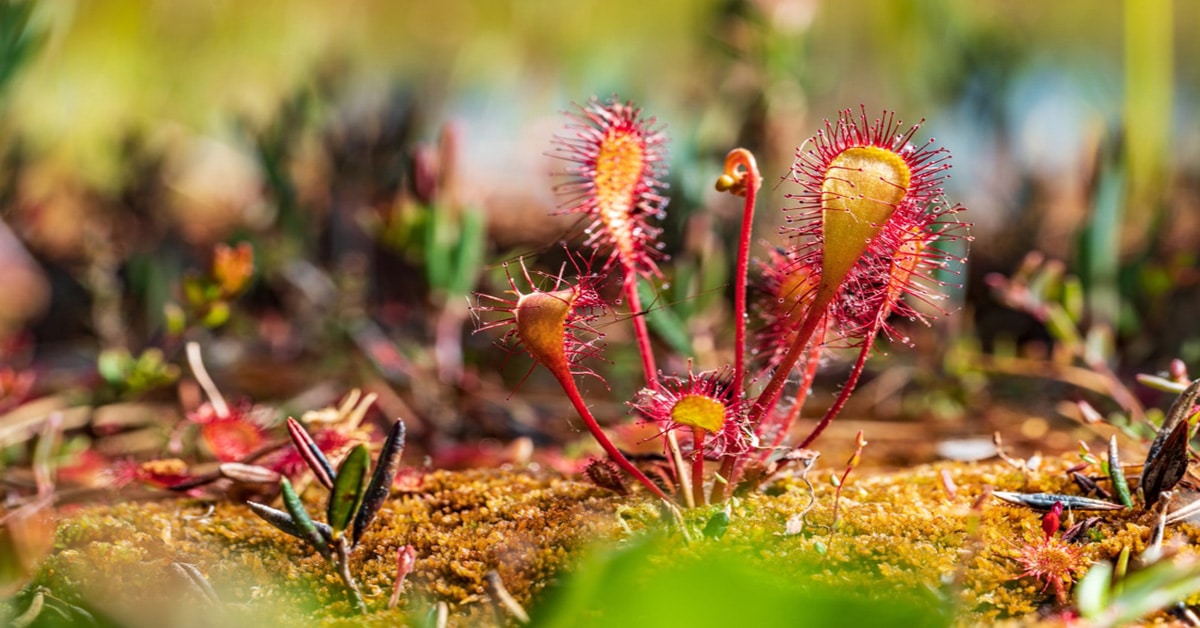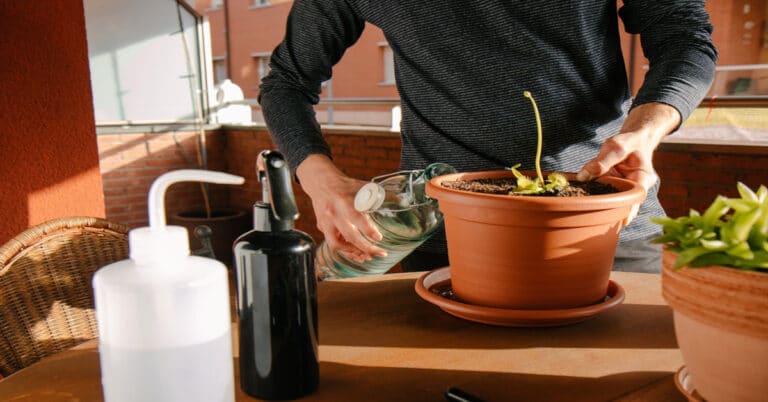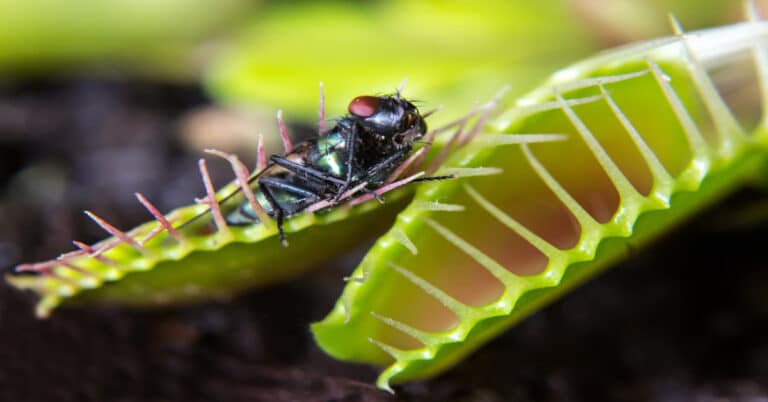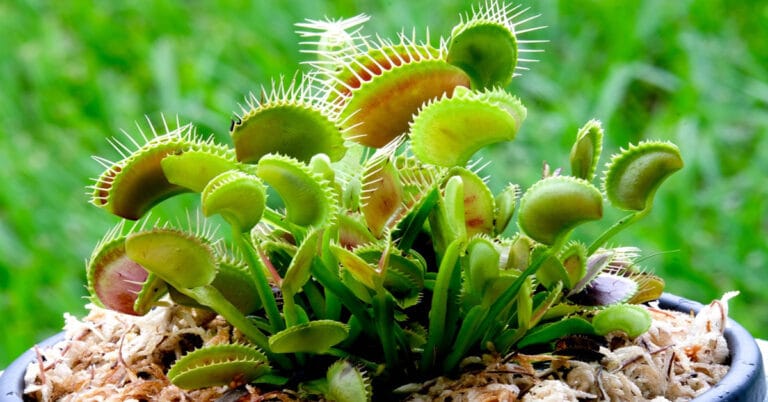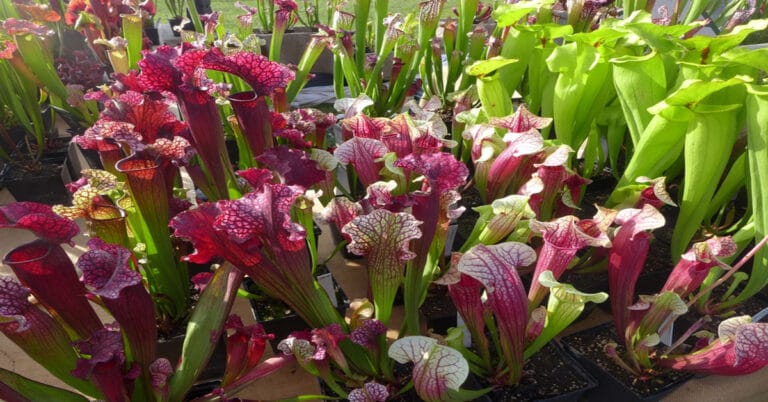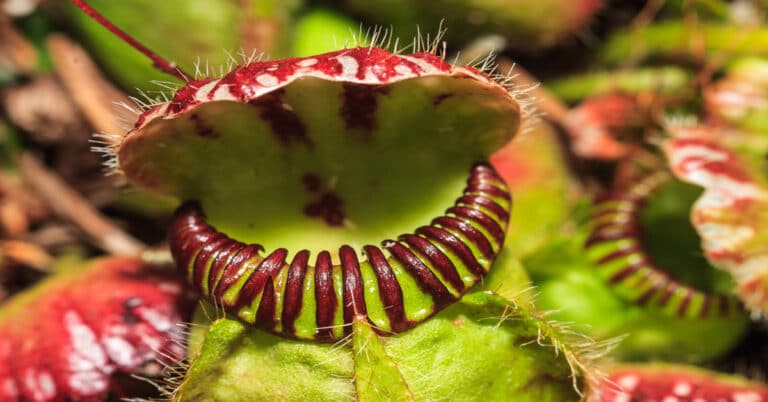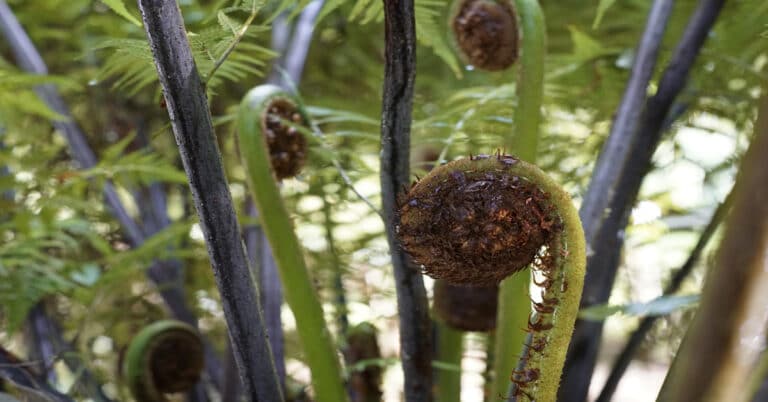Sundews
Drosera, usually famous as the sundews, encompasses one of the biggest varieties of carnivorous plants, having over 194 species. The members of the Droseraceae family attract, arrest, and absorb insects through stalked mucilaginous glands spread over the surface of their leaves. The insects go to enrich the meager mineral nutrition of the soil wherein they grow. You can see a variety of these species, having a large variety of form and size growing natively on all continents but in Antarctica.
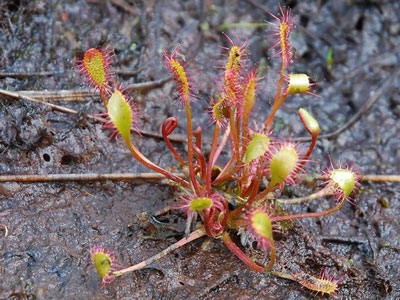
| Kingdom | Plantae (Plants) |
| (Unranked) | Angiosperms |
| (Unranked) | Eudicots |
| (Unranked) | Core Eudicots |
| Order | Caryophyllales |
| Family | Droseraceae |
| Genus | Drosera |
Distribution
The variety of the sundew genus extends from Alaska in the north to New Zealand in the south. It is in Australia that you find the dense concentration of these species, accounting for nearly fifty percent of all known varieties, with South America and southern Africa, each having over 20 species. Large parts of Eurasia and North America also account for a few varieties
Anatomy
Most sundews are perennial, though rare varieties are annual. These herbaceous plants form prostrate or straight rosettes with heights varying from 0.4 to 39 inches, depending on the variety. The climbing variety appears in the form of mixed-up stems that can reach a height of ten feet as happens with D. Erythrogyne.
Habit
You can specify the species under among many forms of growth, including Temperate Sundews, Pygmy Sundews, Subtropical Sundews, and the Petiolaris complex.
Reproduction
Many types of sundews are self-productive as their flowers often self-pollinate upon closing. In some species, vegetative reproduction crops up naturally producing stolons, and in some other species, the reproduction happens when roots reach closer to the soil surface.
Habitat
Sundew plant Drosera normally grows in seasonally moist habitats or places that are not continually wet, where the soil has acidic content and the levels of sunlight are high. Accordingly, you can find them in the swamps, marshes, fens, bogs and moist steam banks in the wallums of coastal Australia (an ecosystem of coastal south-east Queensland, extending into north-eastern New South Wales), the tepuis of Venezuela (table-top mountain) and the fynbos of South Africa(in the Western Cape of South Africa)
Trap Mechanism
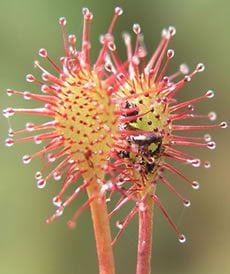
Glandular tentacles with sticky secretions covering their laminae, characterize the sundews.
The trapping mechanism uses the stalked glands secreting the sweet mucilage that serves the triple function of attracting the insect, ensnaring them and providing the enzymes to aid the digestion process. The sessile glands help to absorb the broken down nutrients.
The sweet secretions of the peduncular glands attract small prey that includes insects. Immediately on contact, the sticky mucilage entraps the prey and prevents its progress or escape. Finally, either exhaustion or asphyxiation causes the death of the prey in about 15 minutes as their spiracles clog on the mucilage.
Digestion
The enzymes protease, phosphatase, peroxidase and esterase, secreted by the plant dissolve the insect and liberate the nutrient soup that the leaf surfaces then absorb to help promote the plant growth.
As a medicinal plant
Many herbalists recommend sundew tea for bronchitis, dry coughs, whooping cough, bronchial cramps and asthma.
As ornamental plants
The sheer beauty of their shining traps and the attractiveness of its carnivorous nature have endeared this species to many as ornamental plants. However, growers must bear in mind that cultivating these plants domestically is a Herculean task, as a result of which, obtaining many of these carnivorous plants commercially is a difficult proposition.
Tips for Domestic Cultivation
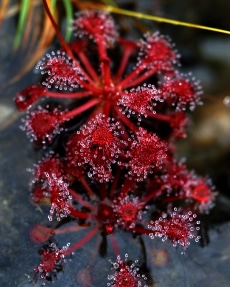
With sufficient knowledge and effort, you can grow sundew at home. Please check on the following requirements:
Pots
Using pots of glazed tiles or plastic is best for the plants that need to grow to a root depth of four to six inches
Substrate
Long-fibered sphagnum or peat moss mixed with silica sand is the best substrate for this plant, because the higher nitrogen content in potting soil is deadly to them.
Lighting
Provide fluorescent lights for the healthy growth of your sundews
Food
Proper food is a vital cog in the fast development of your sundew plants. Feed them with fish food pellets or live insects like flightless fruit flies. You can also feed them bloodworms (freeze-dried).

Having discovered a fondness for insects while pursuing her degree in Biology, Randi Jones was quite bugged to know that people usually dismissed these little creatures as “creepy-crawlies”.

